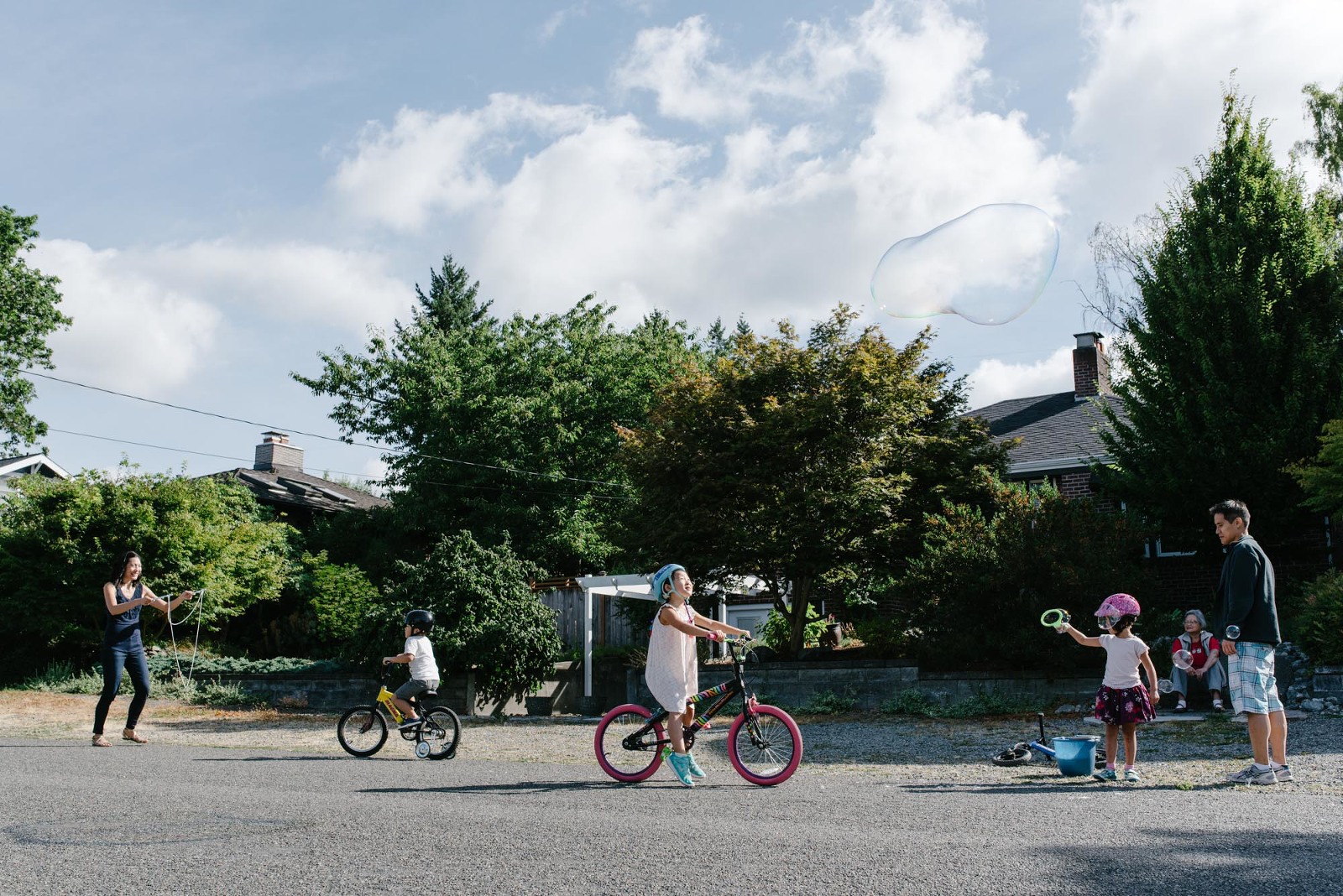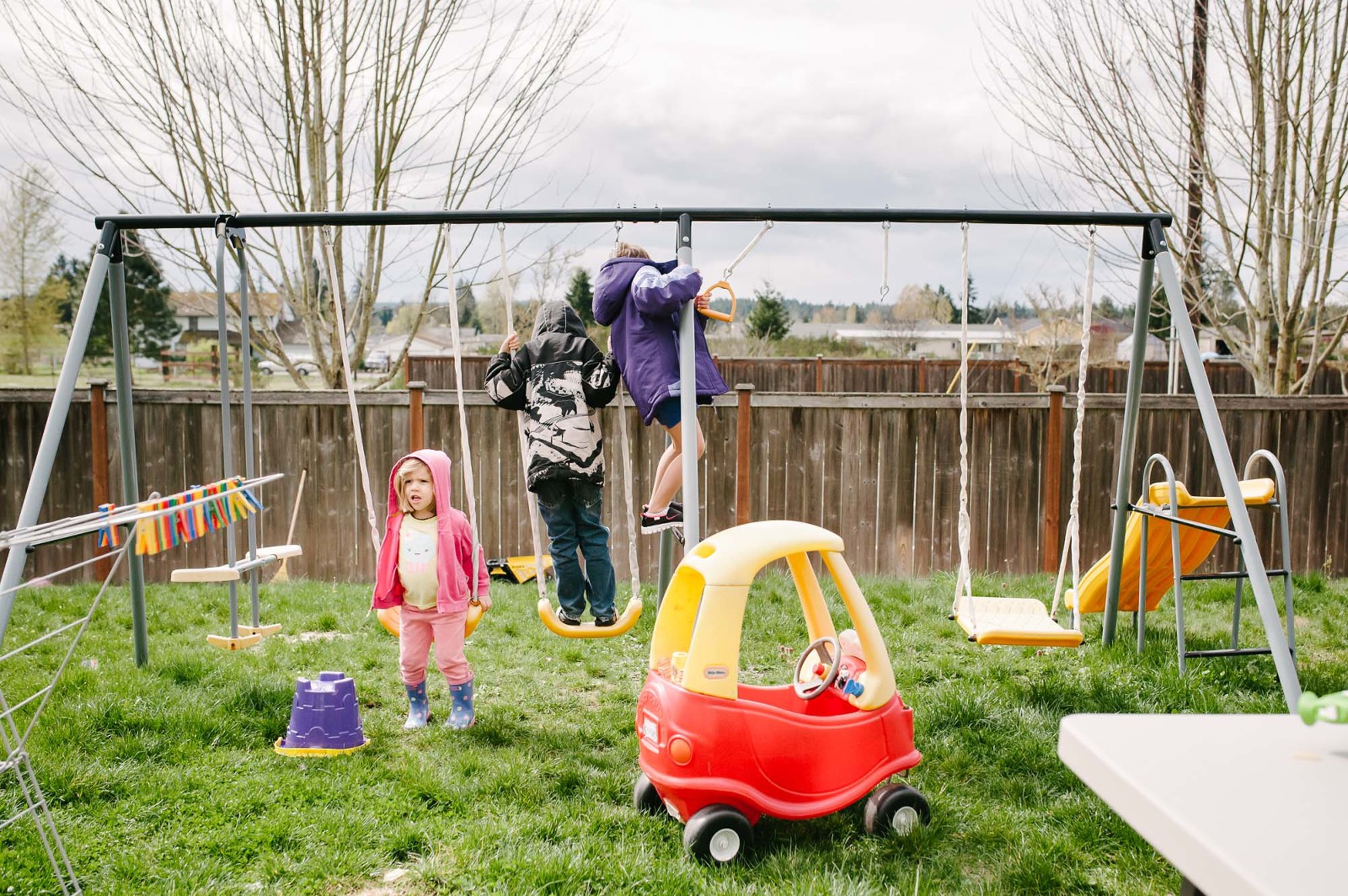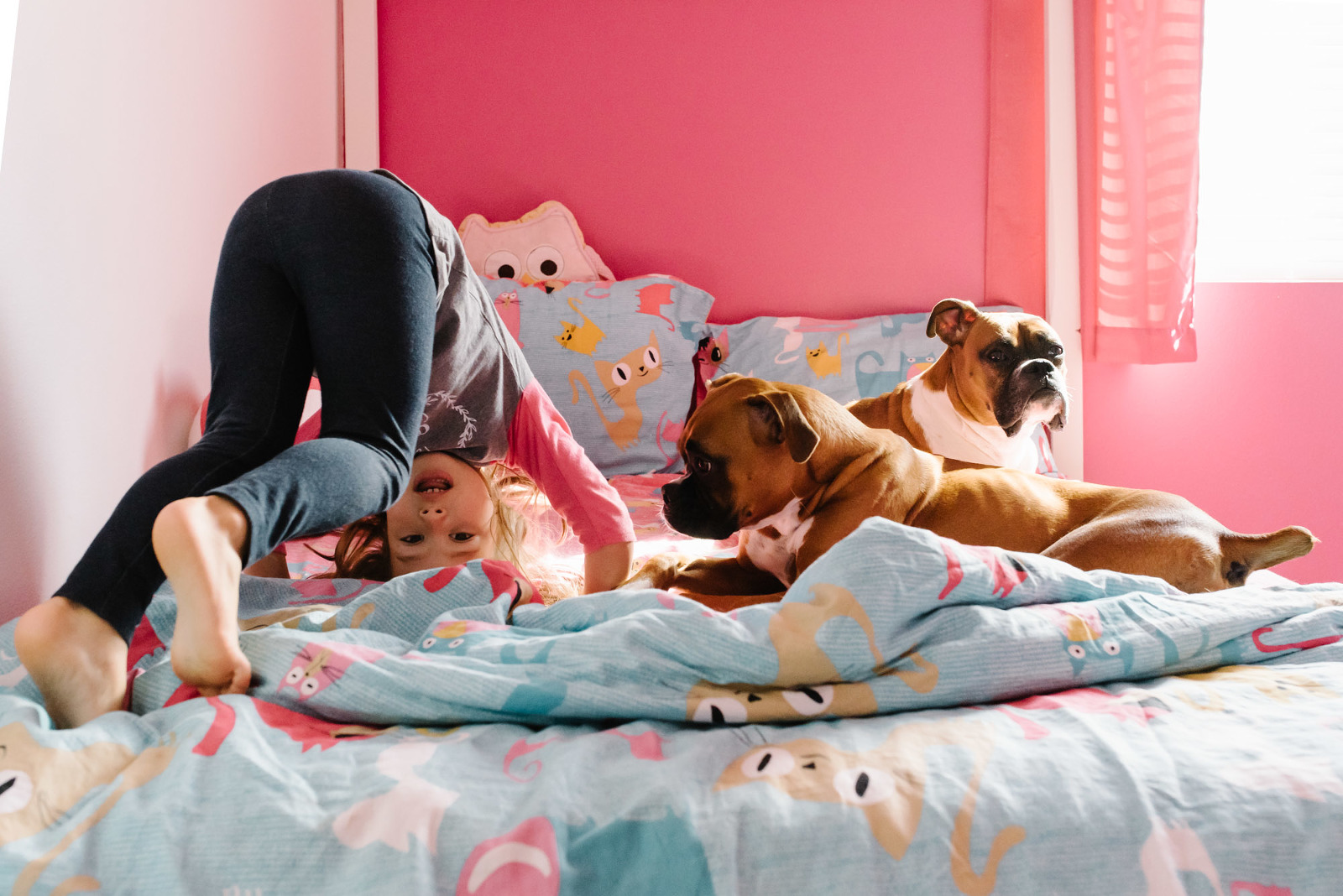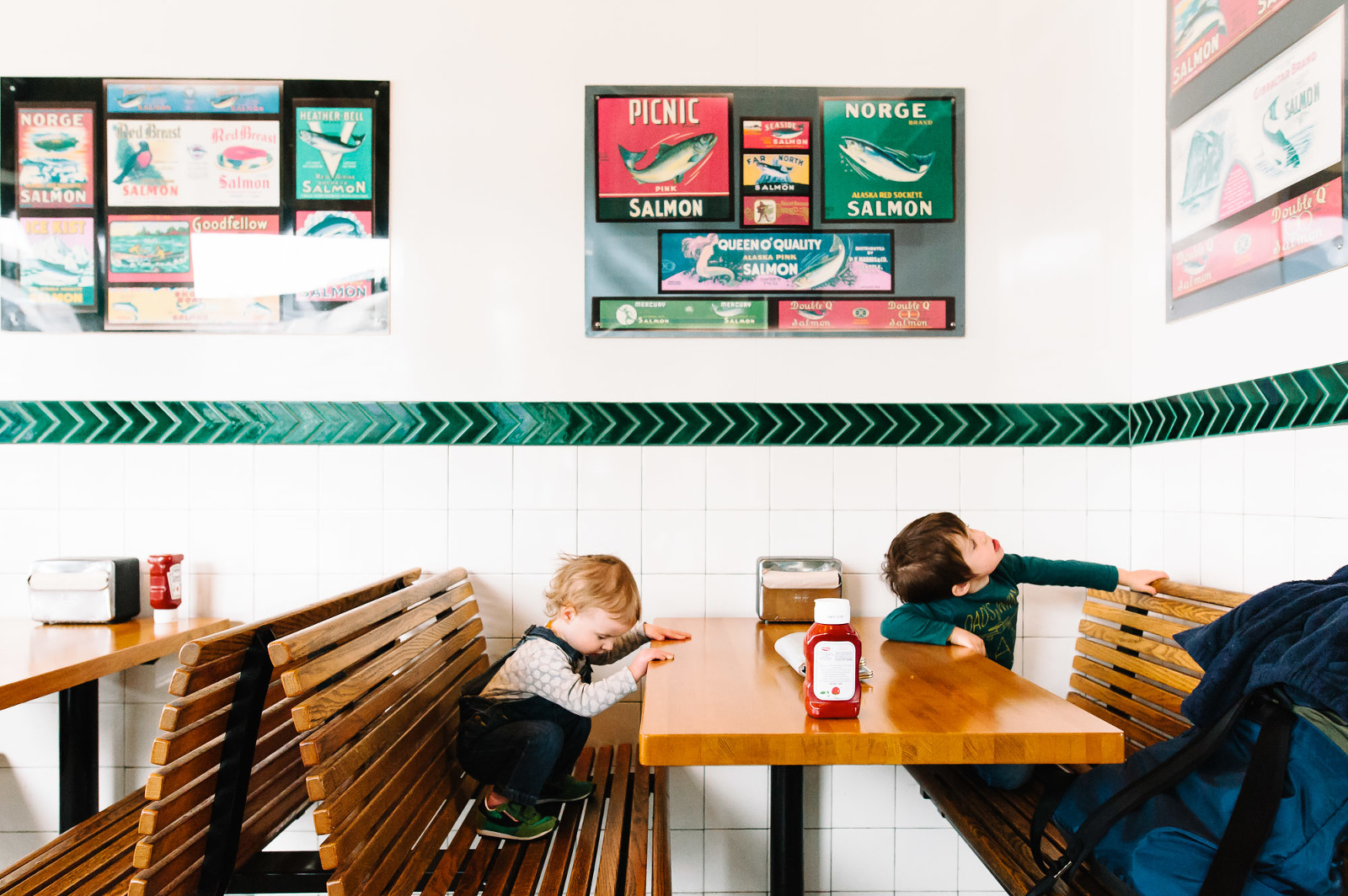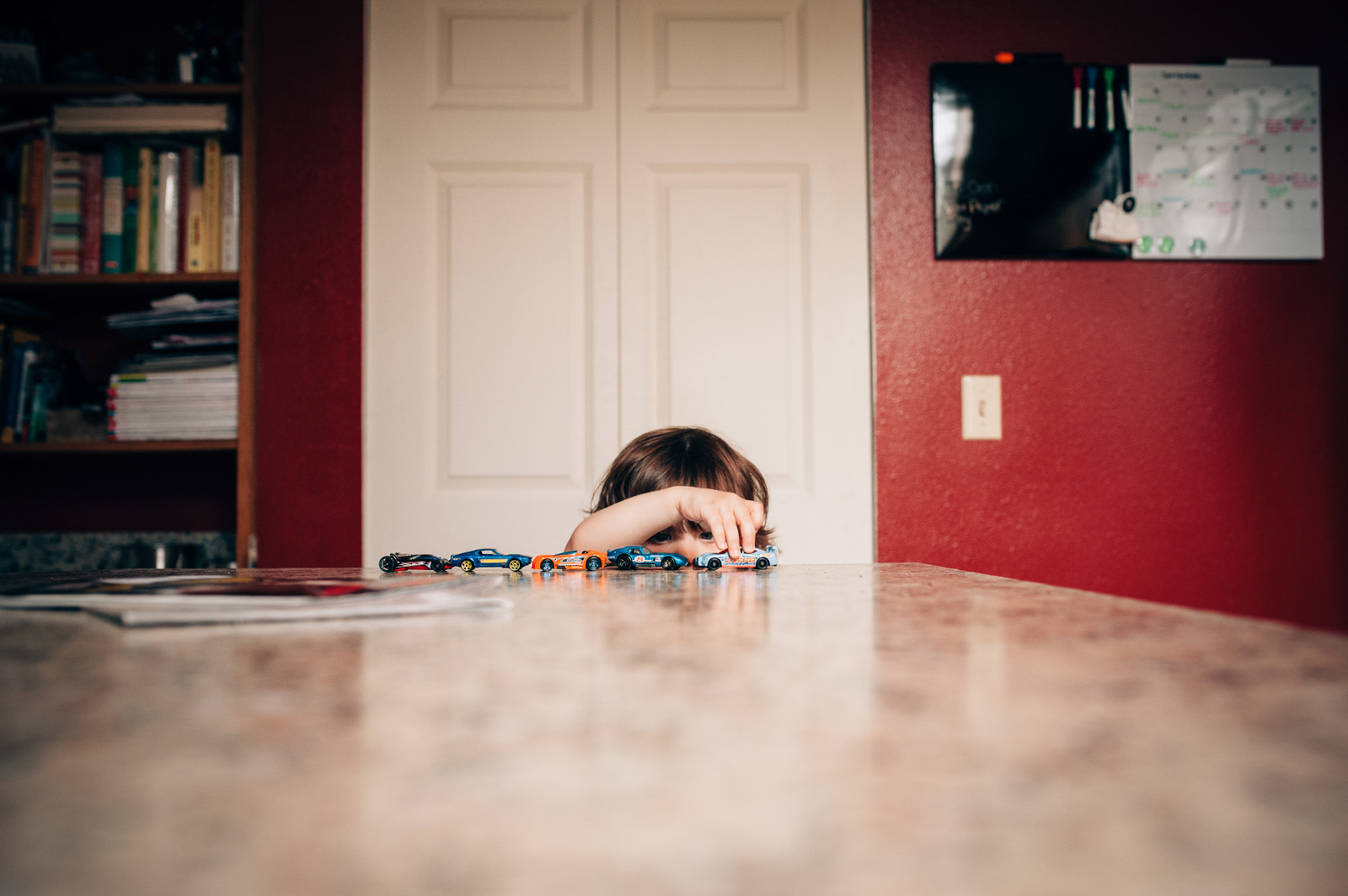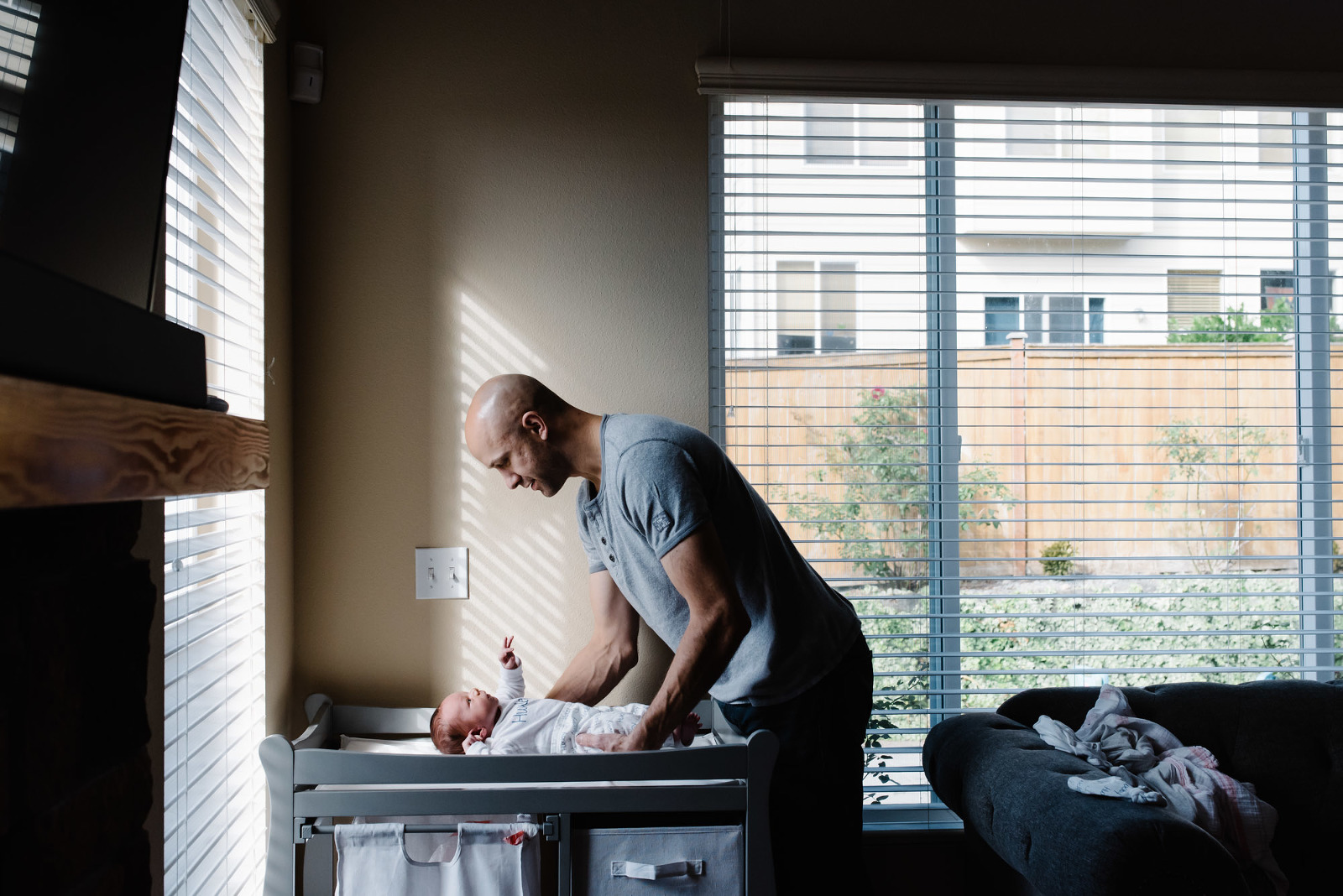*Just starting out with your camera? Take a peek at the other tutorials located here.*
Chances are you probably already know and understand shutter speed. If you have ever used a point and shoot or the camera on your phone you have probably experienced how troublesome shutter speed can be when you can’t control it.
Shutter speed simply refers to the speed at which the shutter on your camera opens and closes, thus exposing the film or digital sensor to the light bouncing off the scene off the scene in front of you. If you are shooting in auto or with camera that doesn’t allow you to manually adjust it’s settings, shutter speed can be a real struggle in low light. If the shutter is open for very long at all any slight movement you make (breathing, heart beating, naturally shifting weight slightly) is going to blur or soften the entire image. Just as frustrating is reviewing the images you shot in an afternoon only to find some speedy little toddler is quite blurry because they were moving too fast for your shutter speed.
Here is a basic visual representation of how shutter speed effects and image. A slower shutter speed and the water going into the pitcher is just a stream of fluid. A faster shutter speed and the water can be seen flowing into the pitcher drop by drop.

Now here is great news. As soon as you switch you camera off auto you can start harnessing the power of this little beast. You can start getting a feel for how shutter speed works and effects your images by setting your camera to shutter priority. You will want to change your shooting mode to “S” (Nikon) or “Tv” (Canon). In this mode you can control your shutter speed and ISO, the camera will complete the exposure equation by selecting the aperture for you.
You will want to keep eye out for error messages from your camera indicating that the level of light is either too high or too low for your available aperture range. Too little light? Boost your ISO. Too much light? Drop your ISO down.
So how slow is too slow when it comes to shutter speed? Here are a few rough guidelines I like to follow: If I am shooting a completely static object (still life) I can generally pinch my elbows into my rib cage to steady my arms and safely shoot at 1/60 second. If I am shooting a posed portrait with individuals that aren’t necessarily going to squirm around, I feel comfortable shooting as slow as 1/125 second. If I am photographing kiddos I generally try to stay around 1/200 or 1/250 second.
Of course you can always use a little motion blur to your advantage as well. I recently snapped this image while on a walk with my husband and son. I was able to squat down and brace my elbows against my knees in order to stabilize the camera as much as I possibly could. The focus is a little soft if you really zoom in so it isn’t going to be enlarged and put on my wall, but at a smaller size it works out. The settings for this image are as follows: ISO 200, f3.5, and SS1/5 second.

